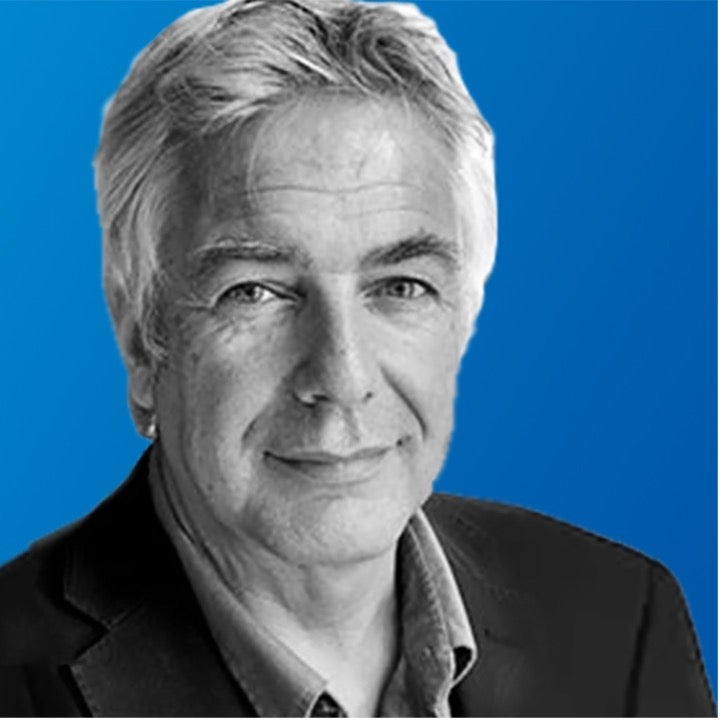Good data center governance provides a foundation for effective data center cybersecurity. How should data center leaders structure an approach that optimizes the resources needed to safeguard data centers?
filters
Explore All Topics
Only half of data center operators rate their cyber resiliency assessments as effective, despite three in four operators experiencing a recent cyber incident.
Identifying the extent of security requirements is a critical first step in building a viable data center cybersecurity strategy. Data center managers should identify and answer essential questions to implement an effective playbook.
There are no commonly accepted best practices or standards to refer to when assessing the fire hazard that single-phase immersion fluids pose in a data center application and the appropriate measures against them.
Operators often resist giving third parties access to OT data to limit vulnerabilities. Nevertheless, some colocation customers require this access — as will emerging AI tools — but the OT air-gap should not be bridged lightly.
Li-ion batteries have many benefits but may have been adopted without sufficient risk analysis. Following serious data center fires, operators should be aware of the risk of damage, potential regulations and the costs of safety mitigation.
Uptime Institute's 2nd edition of the Data Center Security Survey (n=927) explores important data center cybersecurity issues, as well as the information technology (IT) and operational technology (OT) used to run data centers.The attached data…
Data center managers are squeezed between complexity arising from digital innovation and the need for secure and reliable service delivery. Is it possible to minimize risk while enabling business innovation?
Three recent data center outages illustrate the truth of the adage: “You can’t contract out responsibility.”
While the fire risk with lithium-ion batteries is widely understood, guidance on how best to mitigate it is still evolving. Controlling a Li-ion fire is difficult because of chemistry that creates the risk of thermal runaway.
Sometime after 2026, the EU is expected to adopt an upcoming version of CENELEC’s TS 50600-5-1 Maturity Model to assess data center sustainability. The current technical specification has some controversial elements.
Electric grids face serious issues largely because of national efforts to reduce carbon emissions and boost electrification. Data center growth will add to these problems — but unreliable data could lead to poor decision-making.
Identifying the extent of security requirements is a critical first step in building a viable data center cybersecurity strategy. Data center managers should identify and answer essential questions to implement an effective playbook.
Most cyberattacks are sudden and target financial gain. Attacks on data centers and critical infrastructure can be very different. State-sponsored hackers use varied and sophisticated tactics in support of geopolitical goals.
Cyberattacks on operational technology (OT) systems are rising, and OT failure could be catastrophic for data centers. Managers need to understand the nature of the threat and the defense options to protect their critical environments.
 Michael O'Neil
Michael O'Neil
 Antonio Ramos
Antonio Ramos

 Douglas Donnellan
Douglas Donnellan


 Daniel Bizo
Daniel Bizo
 Rosa Lawrence
Rosa Lawrence


 Peter Judge
Peter Judge

 Anthony Sbarra
Anthony Sbarra
 Laurie Williams
Laurie Williams


 Andy Lawrence
Andy Lawrence


 Tomas Rahkonen
Tomas Rahkonen




